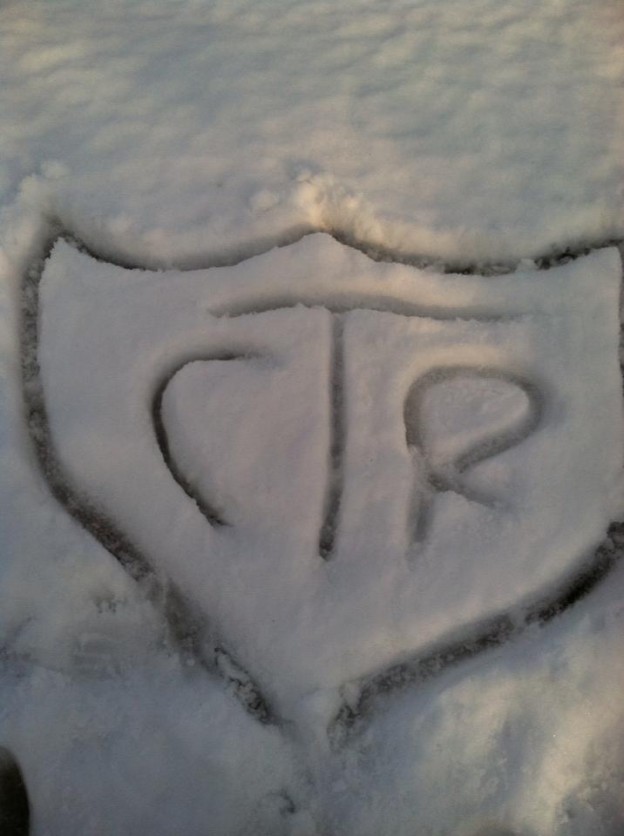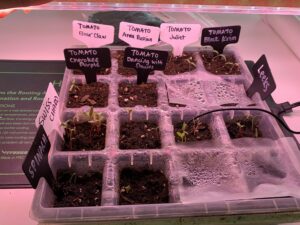The “Snowquester” has resulted in the cancellation of Seminary for three days this week. I’ve enjoyed getting a little bit of a break, though it’s too bad that we missed some of our March Madness fun. I posted in our FB group that anyone who posted pictures of what they did in the snow could earn 100 points for their group, and here’s a sampling of what was posted:
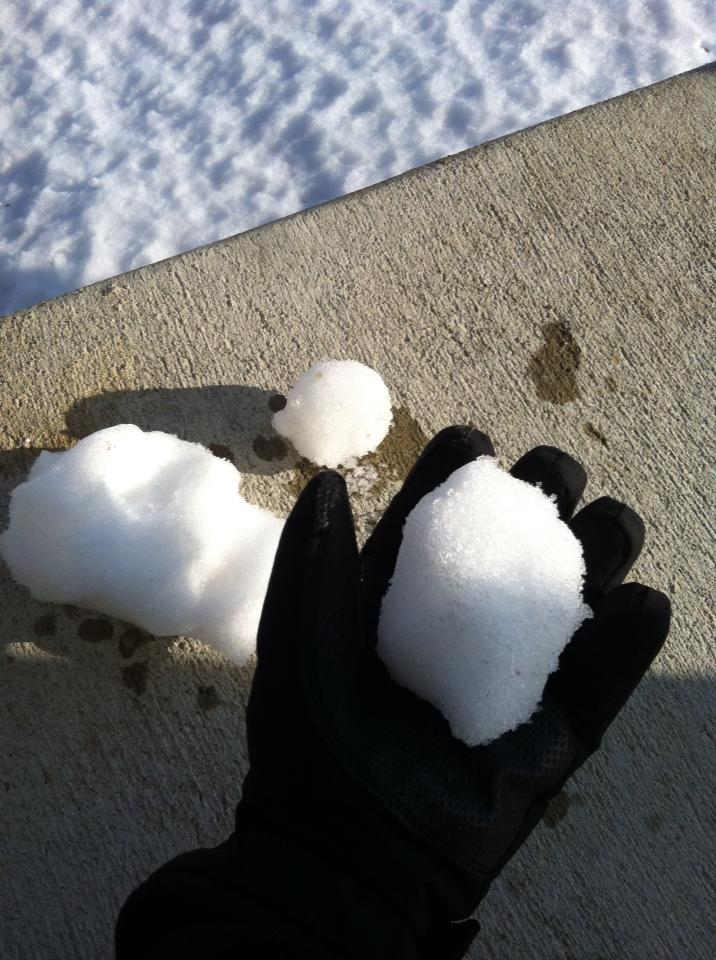
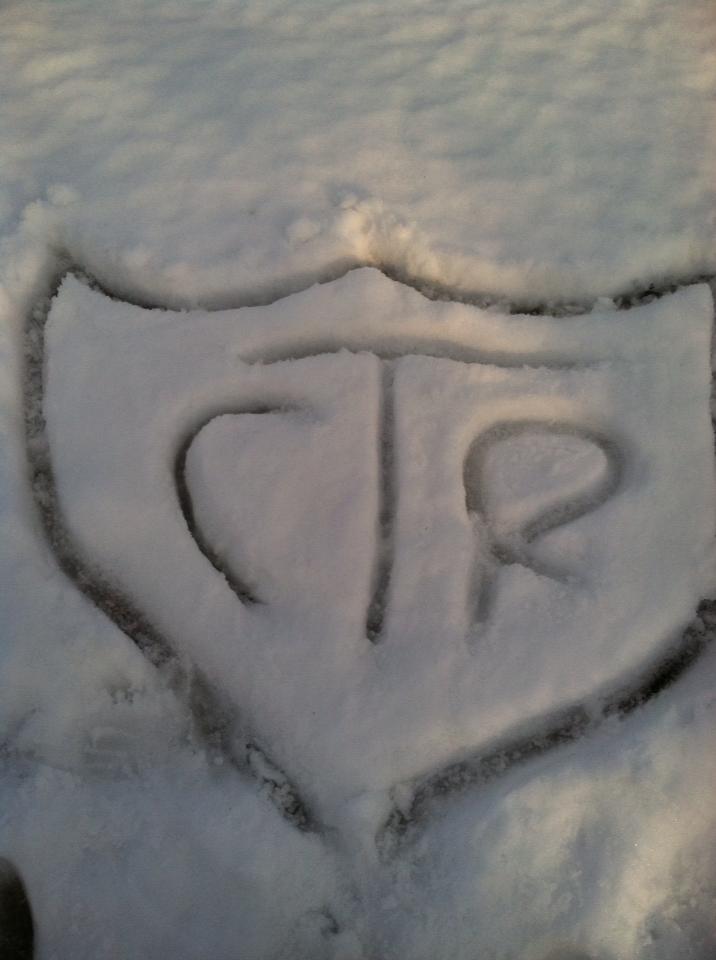
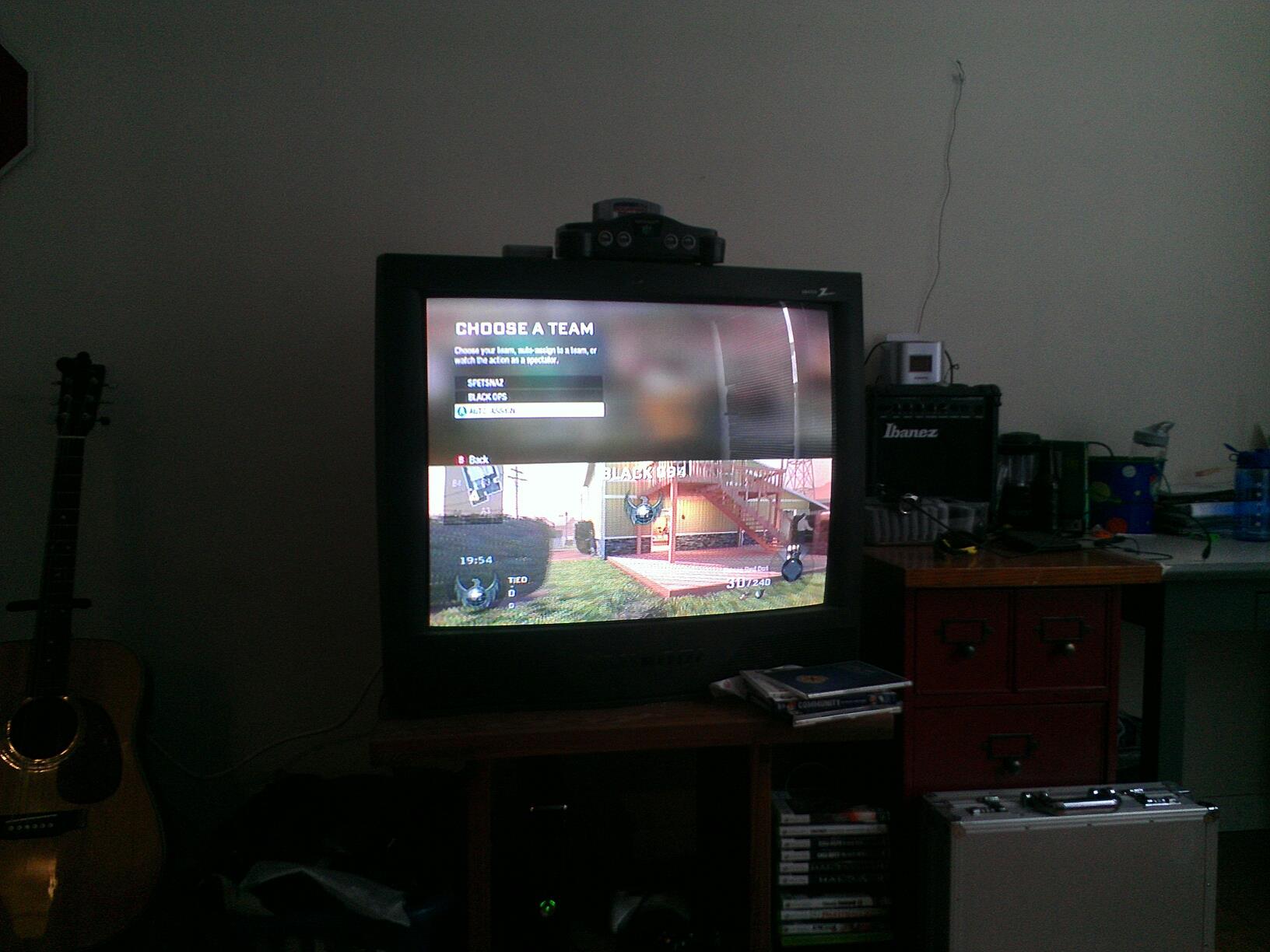
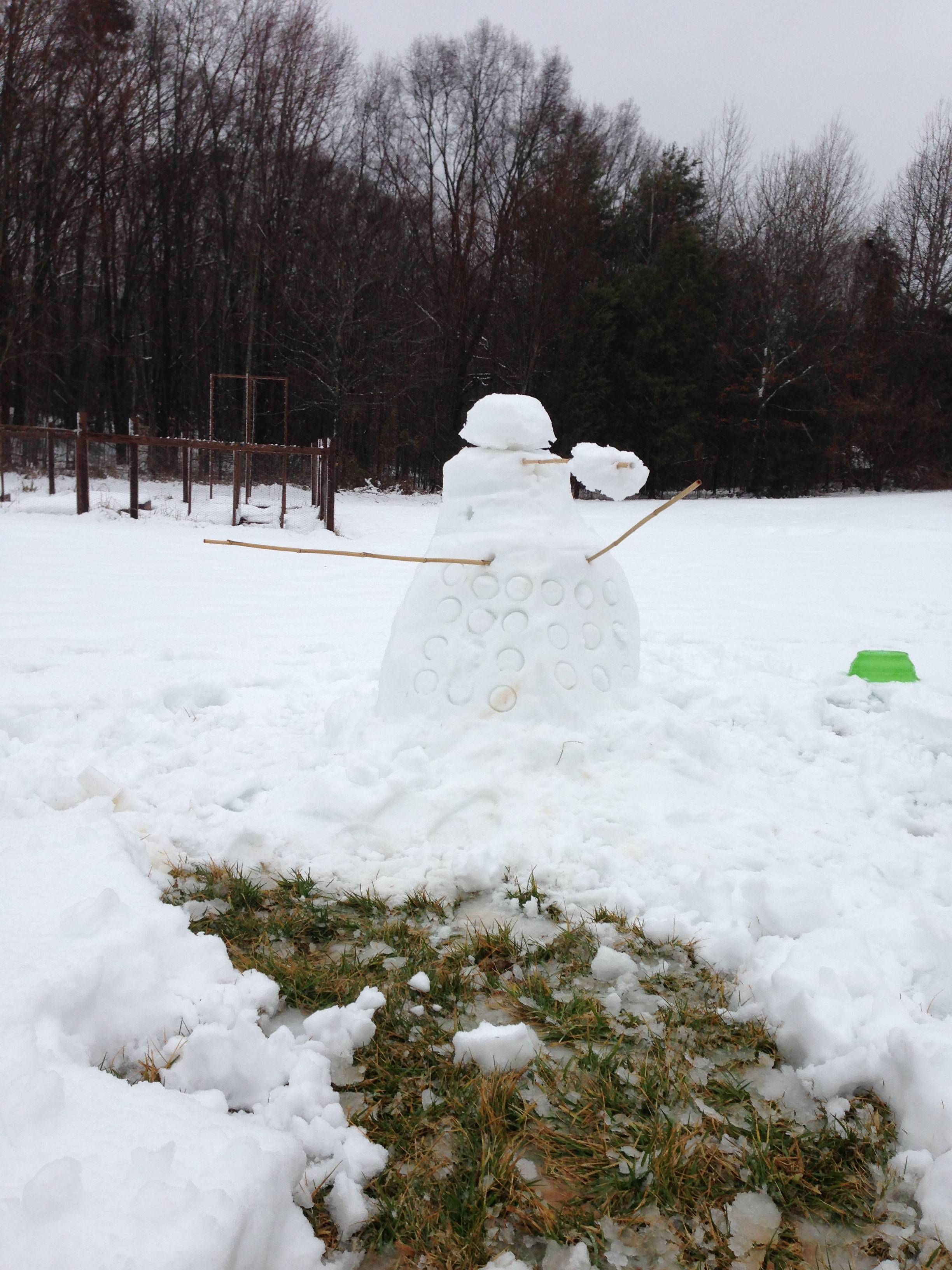
Yes, that is a snow Dalek. :-) LOL.
Romans 9-10
For Romans 9-10 I gave zones a few minutes to work together to write their very best definition of the word foreordination. I gave March Madness points to the zone that came up with the best definition. They did an extraordinary job on this. Discussed foreordination and read some quotes and scriptures.
I have recently begun using the online Study Notebook to display quotes from manuals on the television. For foreordination, I tagged a couple of quotes with the term on my tablet. On class day, I logged in at http://scriptures.lds.org/ and then clicked on my tag from the list on the left side. It made it easy to find and display my quotes so we could all follow along as one student read the quote aloud.
If you don’t know already, link the Gospel Library app with your LDS.org account, and all your synced notes and tags and cross references and highlights will be displayed on the online scriptures when you log in. It’s amazing, and keeps you from loosing all your notes if something happens to your electronic scripture device.
Romans 11
Regarding the Olive Tree grafting allegory in Romans 11, I found two great videos of a Greek man grafting olive branches on YouTube. The first video, “Grafting Olive Trees,” gets a little tedious after the initial chainsaw excitement. You can cut out the part of the second graft by scrolling to 6:50 and watching to the end.
- First segment 0:00 to 3:58
- Second segment 6:50 to end
One of the students said, “This is actually interesting.” LOL. The second video, “After Grafting” (which I will have to show next week because of the snow) shows the same grafting one year later and several other grafts. Discussion points:
- The initial removal of the old branches is violent and complete. Being “cut off” from the gospel isn’t a pleasant experience, resulting in spiritual death. How can we avoid spiritual death? Keep making lots of healthy olive fruit. What could the olive represent?
- Why do you think the leaves are almost totally removed from the grafted buds? How much of our “old lives” must we give up to join ourselves to Israel? Might removing the leaves help the graft rely more completely on the roots?
- The grafter carefully selects a position for the graft that does not have any blemishes or obstructions that will prevent the graft from contacting the rootstock completely. What might keep you or me from “full contact” with the gospel?
- “It is important to use a wax based grafting tape because it breathes, allowing the grafter to cover the entire bud.” (http://www.gardenguides.com/88421-graft-olive-trees.html) What kind of special handling might a new convert require? Why is support necessary at this tender stage?
- It takes time for the graft to begin receiving enough nourishment and grow strong enough to begin putting forth leaves. How does this relate to conversion?
- Did you notice on the second video that the second graft doesn’t take? This could be the starting point of a discussion about why some “grafts” might not stick with the gospel.
- In just two years, the new olive branches are inseperable from the tree, and the tree can put forth lots of new fruit. What is the fruit of the gospel?
These videos don’t have any words, but you can get captions by clicking the “cc” button in the borrom right of the play window and clicking English.
Romans 12-16
Students will have completed this reading assignment (I hope) when I see them on Monday, and we will begin 1 Corinthians.

